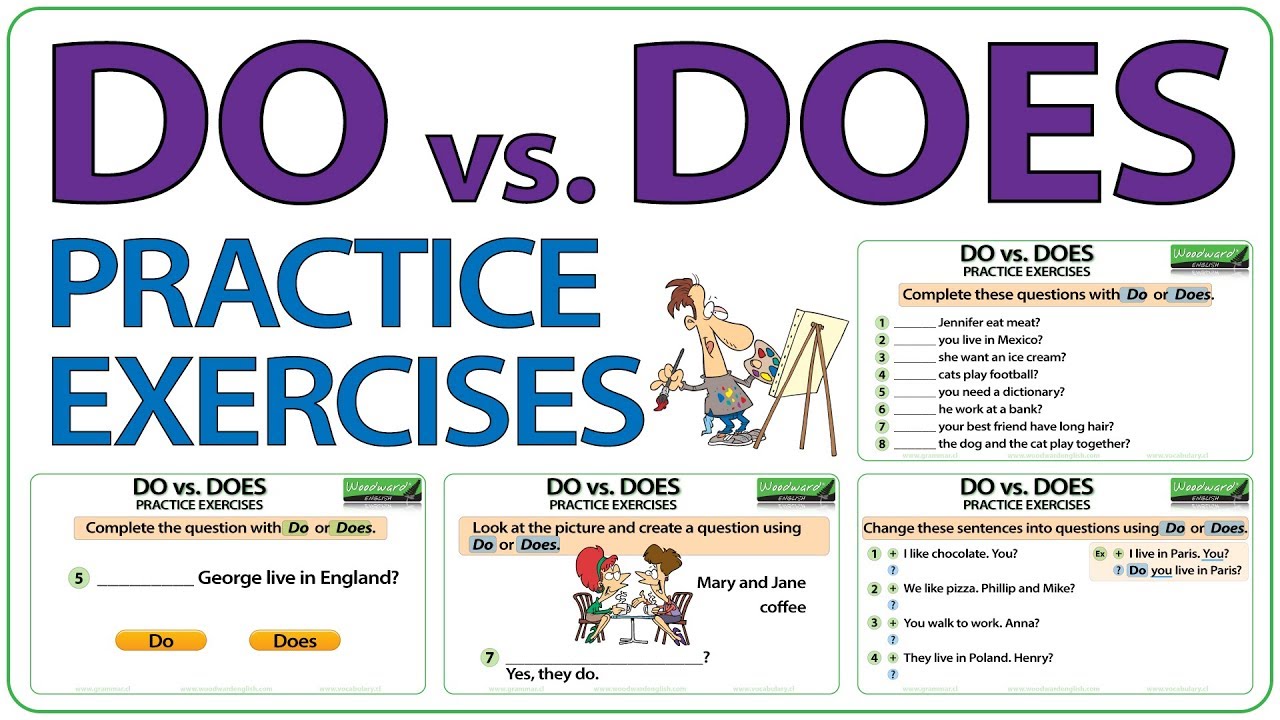Understanding Bounds in Real Estate: The Foundation of Property Ownership
Introduction: The Importance of Bounds in Real Estate
When dealing with real estate, one term that consistently arises is “bound” . Understanding what a bound is, and why it matters, is crucial for buyers, sellers, investors, and real estate professionals. Simply put, a bound in real estate is the explicit demarcation or boundary that defines the extent of a property. This demarcation serves as the tangible or legal parameter outlining where one property ends and another begins [2] . Properly established bounds provide certainty in ownership, prevent disputes, and are fundamental for accurate valuation and legal transactions.
What Is a Bound in Real Estate?
A bound represents either a visible or legally documented limit of a property. These bounds can take the form of natural features-such as rivers, lakes, or trees-or man-made structures, including fences and roads. In most real estate transactions, bounds are also defined through legal documents like deeds and property surveys, which describe ownership limits in precise terms [1] .
There are two main types of bounds:
- Physical bounds – Marked by tangible landmarks like rivers, hedges, fences, or roads.
- Legal bounds – Defined by descriptions in deeds, surveys, and property records, often using measurements and reference points.
Understanding both types is essential for anyone involved in real estate, as these definitions underpin all legal agreements and valuations concerning land [2] .
The Role of Bounds in Property Transactions
Clearly established bounds are fundamental to smooth property transactions. When buying or selling a property, knowing the exact bounds helps determine the land’s size, which directly impacts its value. Ambiguities regarding bounds can lead to disputes, legal challenges, or financial losses for buyers and sellers alike [2] . For example, a buyer who discovers after purchase that a neighbor’s fence encroaches on their land may face costly legal proceedings to resolve the issue.
Step-by-step, bounds influence transactions in the following ways:
- Property Valuation: The market value is often determined based on the land’s size and boundaries.
- Legal Documentation: Accurate bounds are recorded in deeds and surveys to ensure clarity and enforceability.
- Transfer of Ownership: Both buyer and seller must agree on the described bounds to avoid future disputes.
To avoid challenges, always request a current property survey and review legal descriptions before proceeding with a transaction. If uncertain, consult a licensed surveyor or real estate attorney.

Source: allofcinema.com
Metes and Bounds: A Time-Tested System for Describing Property
The phrase “metes and bounds” is a historic and still widely used method to describe property boundaries. Metes refers to the measurements and directions used to describe the boundary lines, while bounds refer to the physical landmarks or features that define the property limits [3] . This system is especially common for irregular or non-standard parcels of land, where grid-based systems do not apply.
A typical metes and bounds description starts at a fixed reference point, known as the “point of beginning.” The property boundaries are then described using a series of distances, angles, and references to physical landmarks, eventually returning to the starting point. For example:

Source: chriscrespo.com
“Beginning at a point on the north side of Oak Street, said point being 100 feet east of the intersection of Oak Street and Maple Street; thence north 200 feet to a point; thence east 100 feet; thence south 200 feet to Oak Street; thence west 100 feet to the point of beginning” [5] .
This level of detail helps prevent disputes by providing a clear, legal description of property limits [4] .
Establishing and Verifying Your Property Bounds
Whether you’re buying, selling, or already own property, it’s critical to know your exact bounds. Here’s how you can establish or verify them:
- Obtain a Professional Survey: Hire a licensed land surveyor to physically measure and mark property lines. This creates a clear, legal record and can help resolve any ambiguities or disputes [3] .
- Review Legal Documents: Examine your property deed, title report, and any existing surveys. These documents should contain a detailed description of your bounds, often using the metes and bounds system.
- Check for Physical Markers: Look for existing markers on your property, such as stakes, fences, or natural features mentioned in legal descriptions. However, remember that these markers can shift or deteriorate over time.
- Consult with Neighbors: Good communication with adjacent property owners can help clarify mutual boundaries and avoid disputes.
- Resolve Disputes Legally: If disagreements arise, consult a real estate attorney or mediator. In some cases, a new survey or court intervention may be necessary to establish legal bounds.
In many jurisdictions, if you need to formally record or clarify your property bounds, you may contact your county recorder or land registry office. Search for “county recorder [your county and state]” to find the official office in your area. For complex cases, a title company or real estate attorney can guide you through the process.
Common Challenges and How to Overcome Them
Despite best efforts, several challenges can arise regarding property bounds:
- Ambiguous or Outdated Descriptions: Older deeds may reference landmarks that no longer exist or use vague measurements. In such cases, a new survey is often required.
- Encroachments: A neighbor’s structure may extend onto your land or vice versa. This can typically be resolved through negotiation, mediation, or legal action if necessary.
- Natural Changes: Rivers may shift course, trees may fall, or other natural changes can alter physical markers. Legal bounds established by survey remain authoritative in most cases, regardless of physical changes.
To minimize risks, proactively maintain records of your property’s legal descriptions and keep up-to-date with surveys, especially before buying, selling, or developing land.
Alternative Approaches to Describing Property Bounds
While metes and bounds is a traditional method, other systems are used in certain regions, such as the Public Land Survey System (PLSS) in the United States. This system divides land into rectangular parcels, which can be easier to describe in newer developments. However, metes and bounds remains the gold standard for properties with irregular shapes or in older areas [5] .
If you are unsure which system applies to your property, consult your local assessor’s office or a licensed surveyor. They can provide clarity and ensure your property’s bounds are accurately recorded.
Key Takeaways and Next Steps
Understanding bounds in real estate is essential for secure property ownership, accurate valuation, and dispute-free transactions. Whether you are a first-time buyer or seasoned investor, always:
- Review your property’s legal description and survey
- Consult professionals for any uncertainties
- Maintain open communication with neighbors
- Proactively address any ambiguities or disputes
For further guidance, you can reach out to:
- Licensed land surveyors for professional boundary determination
- Real estate attorneys for legal advice on boundary issues
- County recorder or assessor’s office for official records and property descriptions (search “county recorder [your county]”)
By staying informed and proactive, you can protect your investment and ensure a smooth real estate experience.
References
- [1] AssetsandOpportunity.org (2024). What is a Bound in Real Estate? [Video]
- [2] List With Elizabeth (2023). What is Bound in Real Estate? A Complete Guide.
- [3] Larksuite (2024). Metes And Bounds.
- [4] Cornell Law School Wex (2020). Metes and Bounds.
- [5] Number Analytics (2025). Mastering Metes and Bounds in Real Estate.



